
About the Course
Within the first year of our two year masters degree, a typical student could expect to work on the following types of objects and materials:
- Archaeological copper alloy coins and objects from Binchester Roman Fort

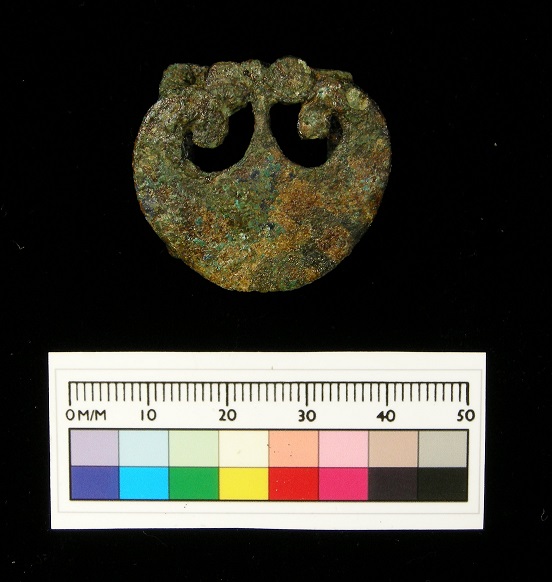
- Archaeological iron finds from Nevern Castle or Binchester Roman Fort


- Historic silver from Durham Castle
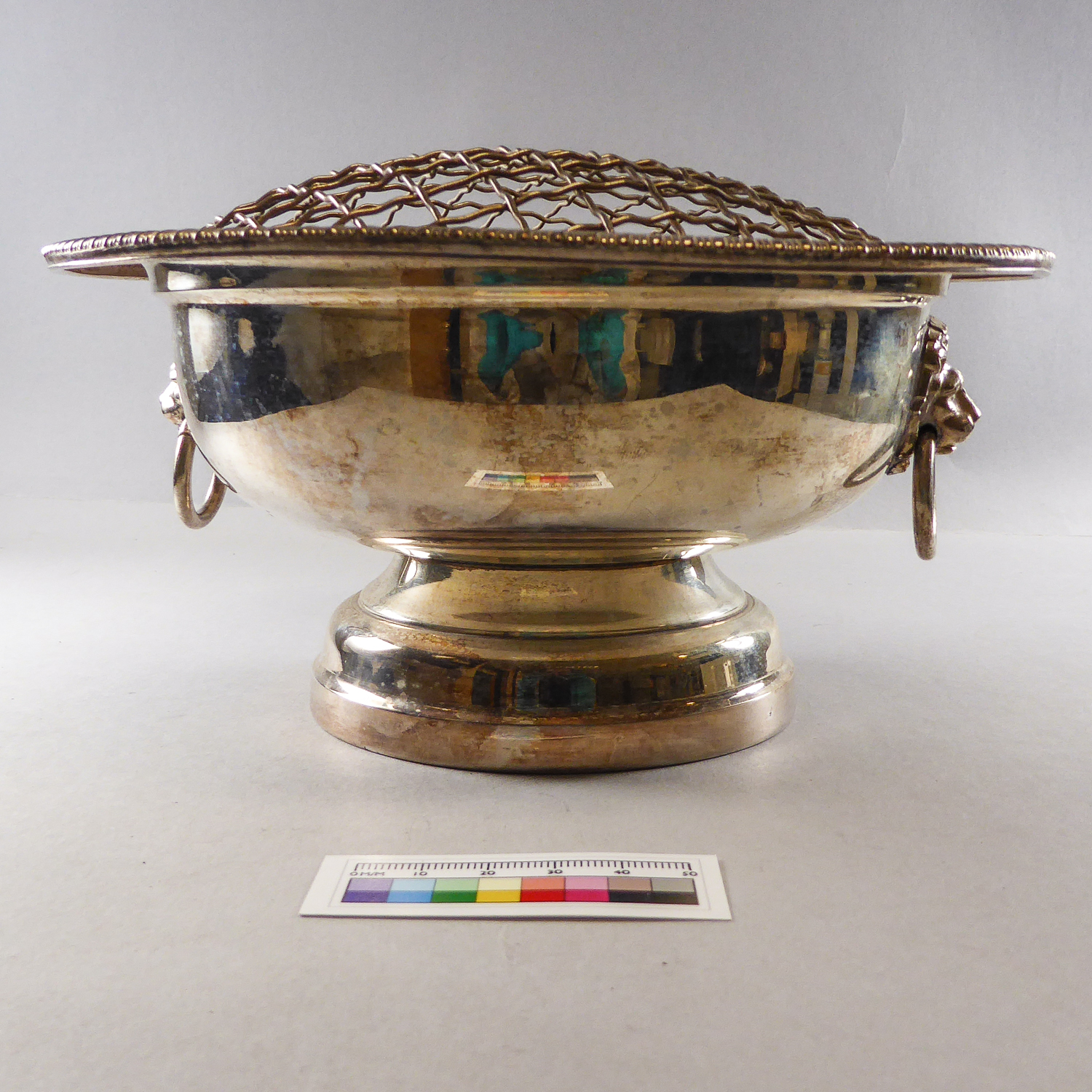

- Archaeological glass vessels and fragments from Dibsi Faraj
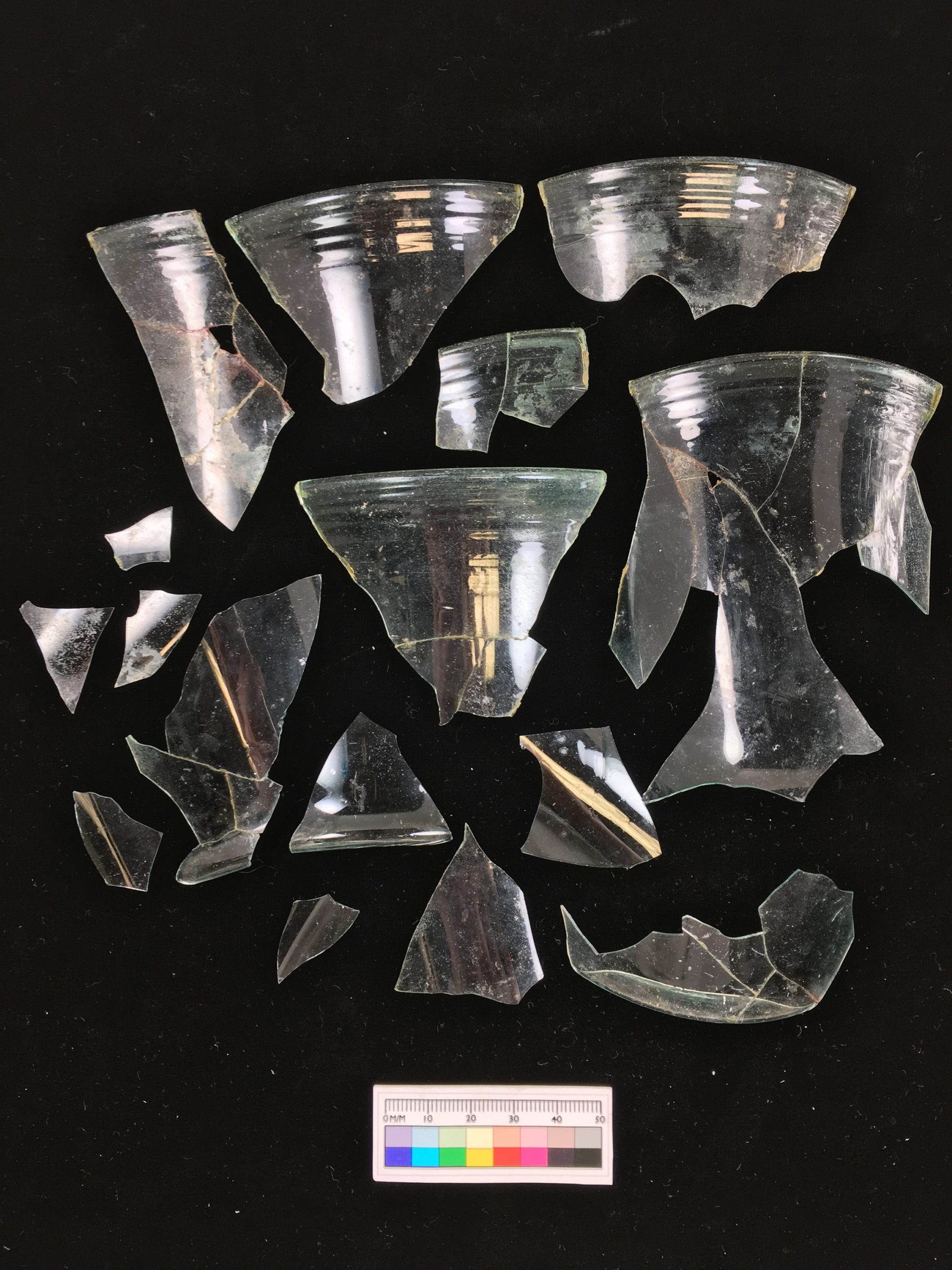

- Archaeological ceramic vessels and fragments from Binchester Roman Fort and Dibsi Faraj

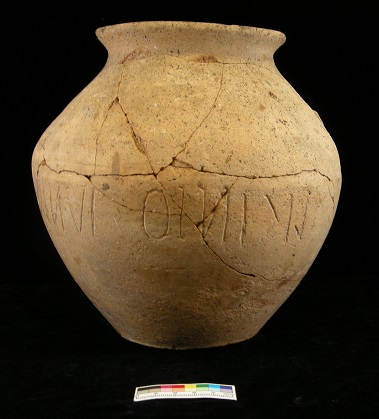
- Historic ceramic vessels from Beamish Museum


- Archaeological waterlogged wood from Newcastle
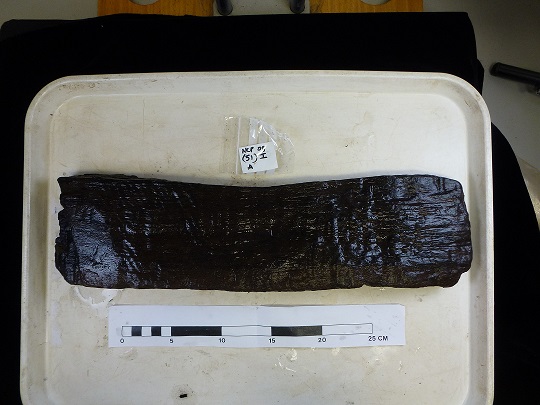
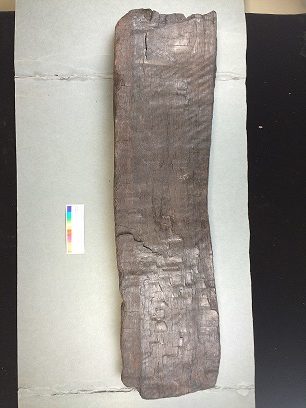
- Archaeological waterlogged Leather from Carlisle
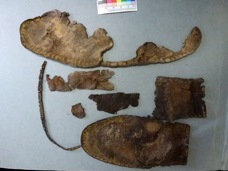
- Archaeological bone objects from Binchester Roman Fort
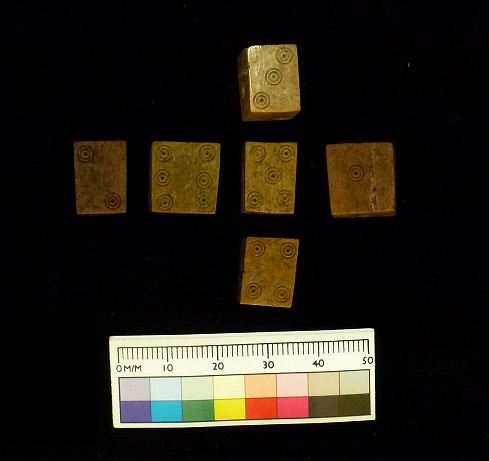
- Historic taxidermy specimens from the Oriental Museum
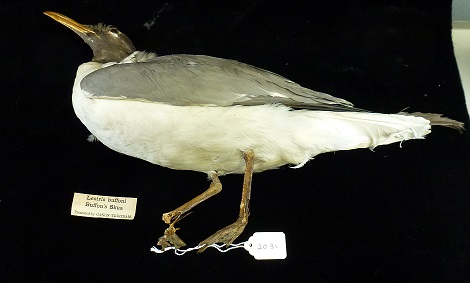

- Historic plaster ice cream figures from Beamish Museum


- Historic paper pipe stand from Beamish Museum
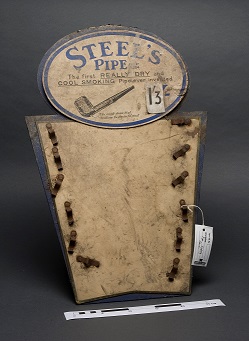

- Historic tortoisheshell Jinrickshaw from the Oriental Museum


- Archaeological faience container from the Oriental Museum
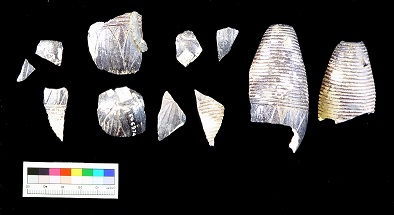
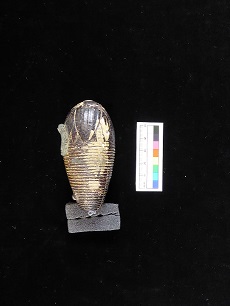
- Historic Model Swingset from Beamish Museum
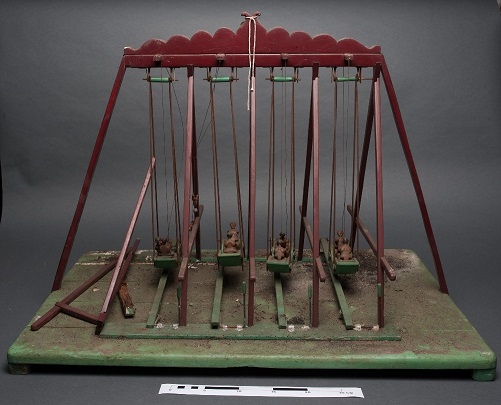

- Historic arms and armour from the Oriental Museum
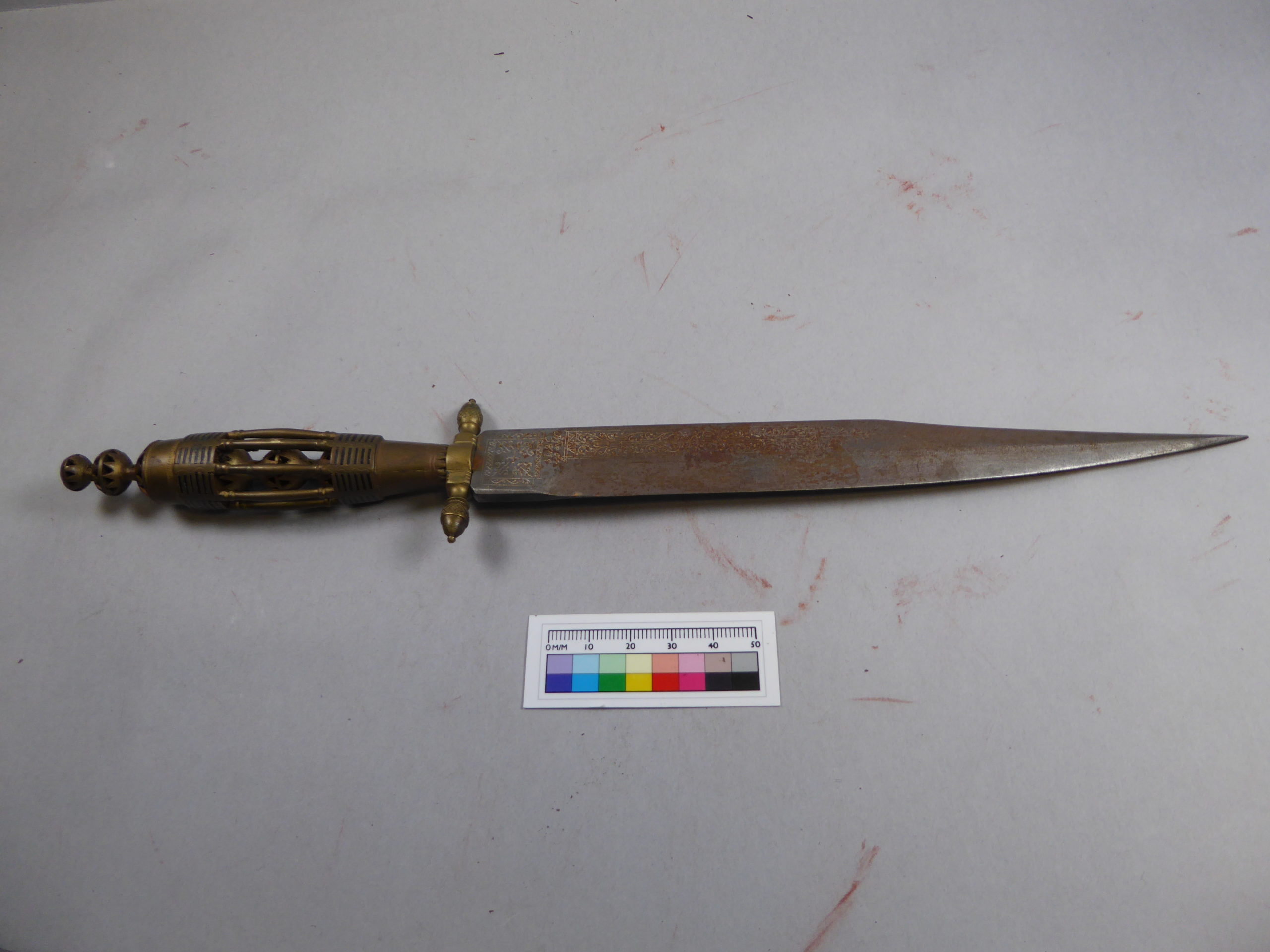
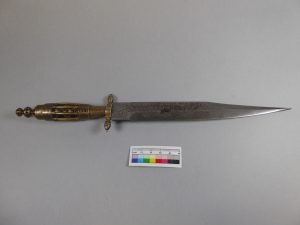
During the second year of our two year masters degree, a typical student may experience their placement in the following institutions:
National Museums Scotland (Shannon Campbell 2020)
- Conservation of a Dhari Feather Headdress
- Conservation of an Iranian Papier-Mache Tray
- Conservation of an Indian Scimitar and Scabbard
- Investigating Visitor Interactions as a Form of Conservation
- Monitoring Storage Space for the Safe Housing of Unstable Glass
- Investigating the use of Embedding Resin Technovit 5071 to Bond and Fill Weathered Sandstone
York Archaeological Trust (Dandra Toloczko 2019)
- Conservation of Wooden Belaying Pins
- Conservation of Several Copper Alloy Brooches
- Conservation of Composite Cutlery (Iron and Organic)
- Re-lacquering of Silver Objects (research project)
- Conservation of a Roman Flagon
- Conservation of a Waterlogged Sandglass
Cambridge Museums (Dipika Nadkarni 2018)
- Conservation of a Spiderweb Mask from Vanuata
- Reliability of Lux Readings – An Experiment
- Conservation of a Plaster Cast of the Parthenon North Frieze
- The Identification of Plastics in Museum Collections
- Conservation of a Pair of Sepik Masks from Papua New Guinea
- Conservation of a Southeast Asian Gilded Demon Head.
